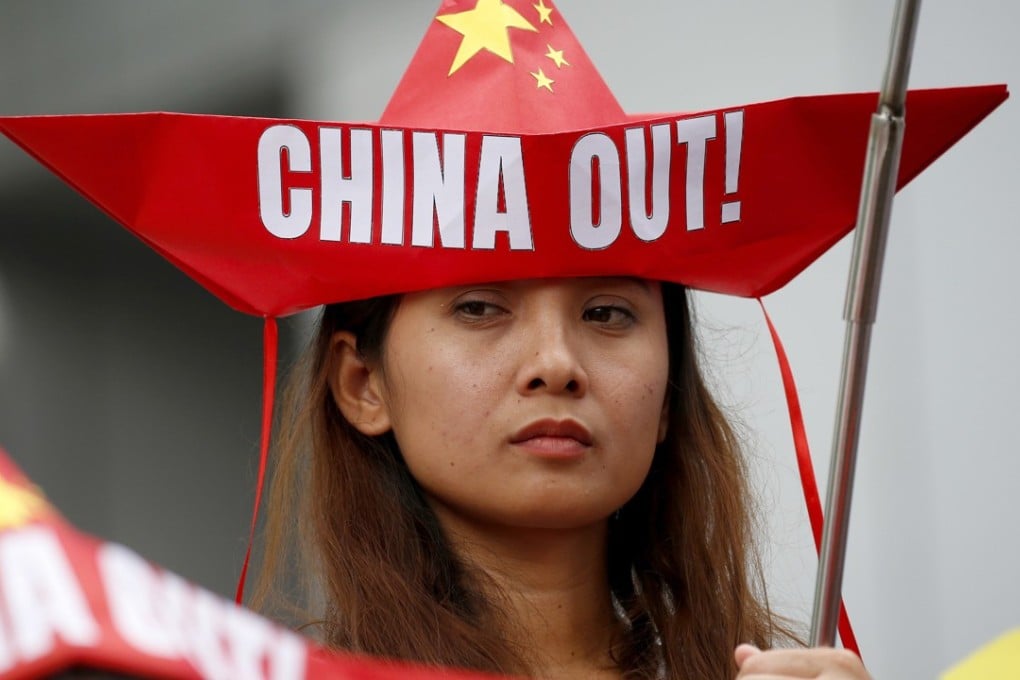Opinion | Don’t expect Beijing’s South China Sea ‘breakthrough’ to weaken US ties with Asean nations
While Chinese state media hailed a new code of a conduct in the disputed waters as a ‘rebuke for foreign meddling’, Southeast Asian states are likely to be keen to maintain long-standing ties to Washington, Collin Koh writes

With last week’s “breakthrough” – the adoption of a single draft negotiating text for the code of conduct in the South China Sea – Beijing appeared to have successfully “muted” the Association of Southeast Asian Nations over the militarisation of the disputed waters by China.
The text also contains Beijing’s proposal that the parties notify each other of major military activities in the region, if necessary, and “shall not hold joint military exercises with countries from outside the region, unless the parties concerned are notified beforehand and express no objection”.
These points contributed by China would continue to promote speculation over the code of conduct’s strategic ramifications for the region; not just on the South China Sea spats, in the face of perceived intensification of Great Power rivalries, and, not least of all, on those occurring between China and the United States.
The boisterous Chinese state media was awash with praise for the document; one Xinhua commentary even hailed it as “a rebuke of foreign meddling”. For its part, Beijing might have regarded its latest feat as furnishing additional ammunition for its long-standing opposition against what it has always perceived as “external interference” in the South China Sea.
Beijing also could regard the draft negotiating text as a credible repudiation of the US Navy’s freedom of navigation operations in the disputed waters and as a pointed response to American military activity in the region, which China has long seen as anathema to its national security interests.
Chinese diplomat who helped shape ‘Law of the Sea’ remembered
But does this so-called “rebuke” reflect a consensus between Asean and China?
